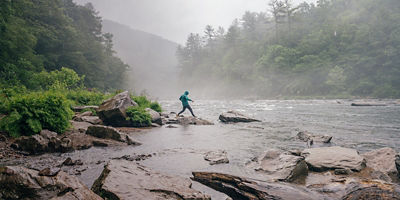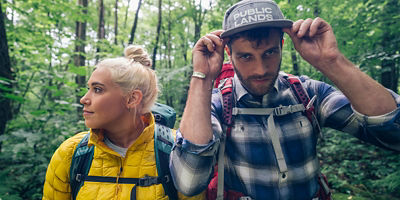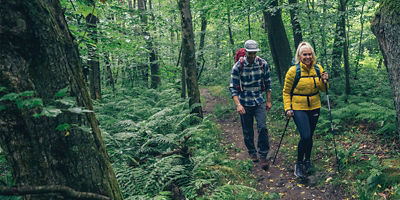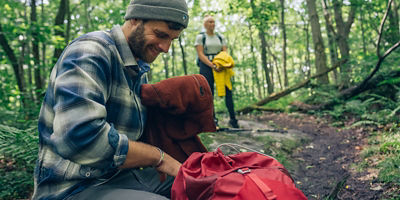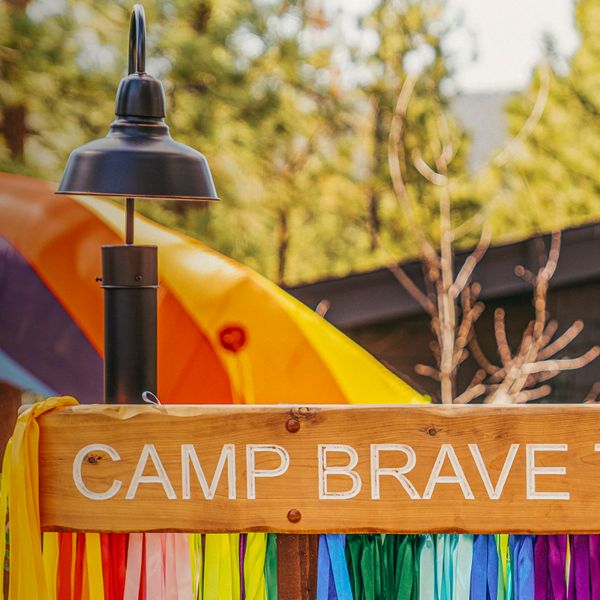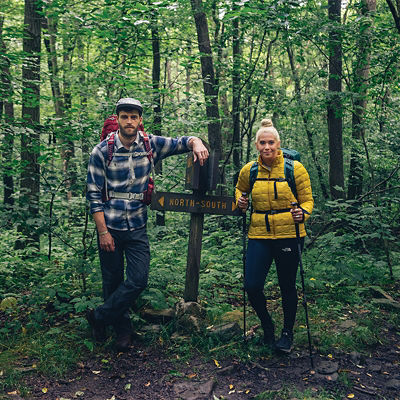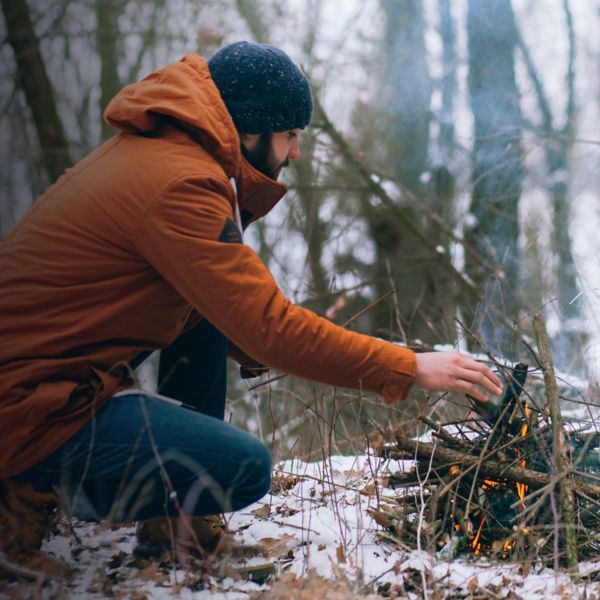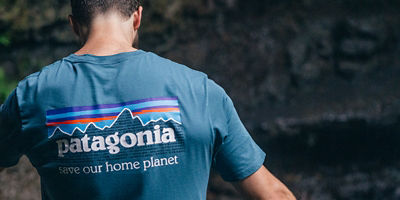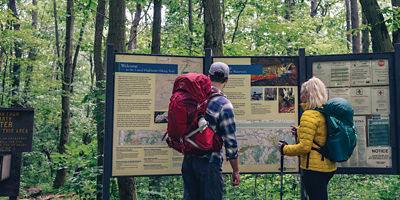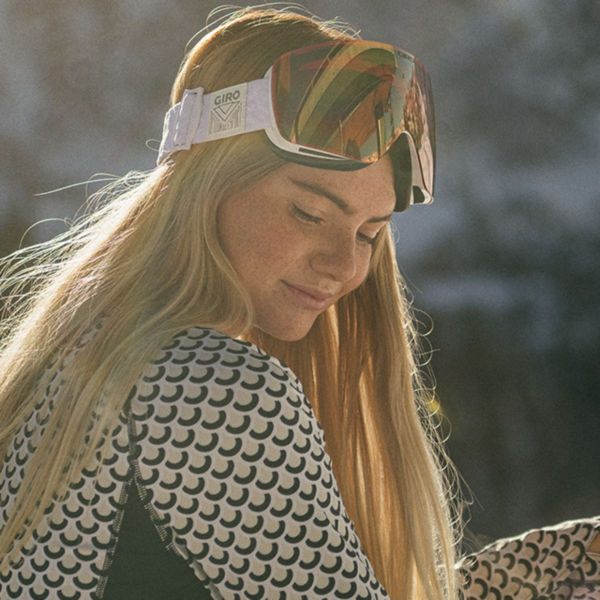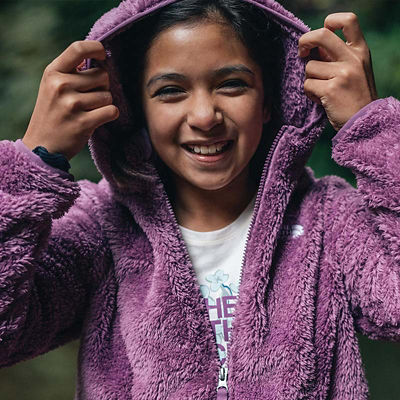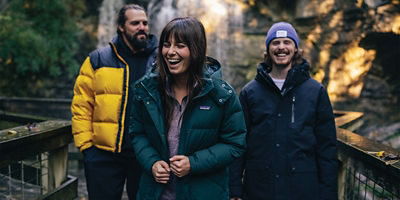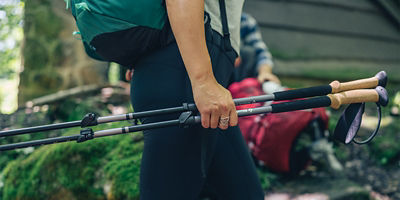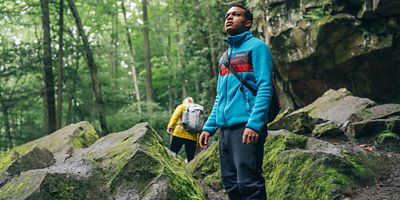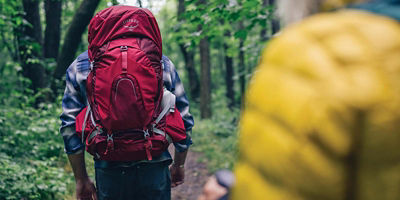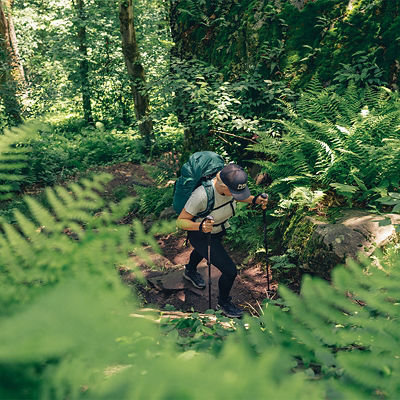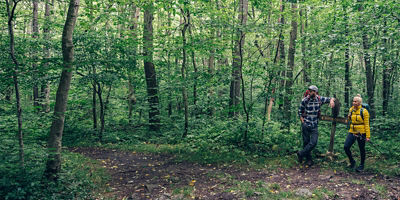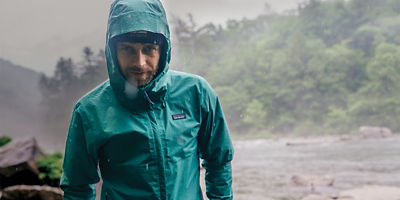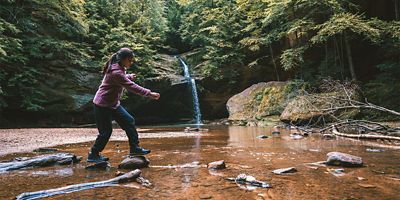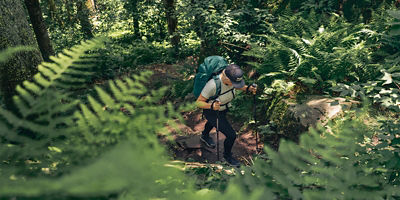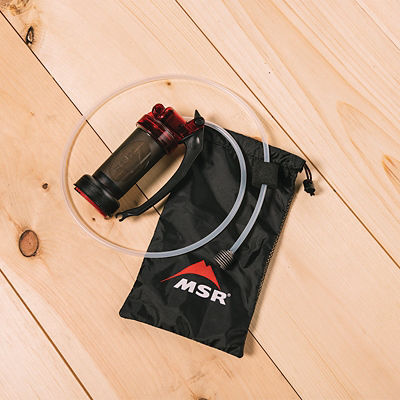
The end of summer triggers all sorts of coping mechanisms among hikers. Some dress in a panic, piling on giant jackets and insulated pants in anticipation of the coming winter season. Others remain in denial, clinging to their summer wardrobe in hopes that fall isn’t really here just yet.
The widespread layering confusion makes sense. After all, most hikers find it straightforward to dress for hot weather or cold weather, but shoulder seasons represent a murky meteorological limbo. In the fall, temperatures and conditions can vary widely between times of day, altitudes, and even between sun and shade. Bringing the wrong stuff will usually just leave you kind of uncomfortable and cranky. But if you get surprised by a serious rain shower, early-season flurry, or dangerous temperature drop, being underprepared could leave you at risk of hypothermia or worse. Here are the top six most common layering mistakes hikers make in fall—and how to avoid them.
1) Forgetting a jacket.
If you start your hike on a sunny afternoon (or at a lower elevation), you might be tricked into thinking it’ll be warm all day. But days are shorter this time of year, and weather tends to be more erratic, especially at higher altitudes. Even 500 to 1,000 feet of elevation gain can make a big difference in both wind speed and temperature. Aim to bring at least a mid-layer or a lightweight puffer on all your autumn outings. A good wind shirt and a three-layer waterproof jacket (like the Torrentshell 3L from Patagonia) should also be on your list.
2) Assuming there won’t be snow.
In the fall, having the right footwear can make or break your hike. That’s because temperatures can drop fast. If you get stuck out in the cold with wet feet, you’re going to have a bad time. So, if your daily driver isn’t a waterproof boot, now might be the time to upgrade. (There are plenty of deals out there, but the Oboz Bridger and the Salomon X Ultra 4 are among the best options at entry-level price points.)
It’s also smart to bring Yaktrax or some other kind of traction if you plan to venture into higher elevations. In the high country, early-season snow or ice are often possible as early as October.


